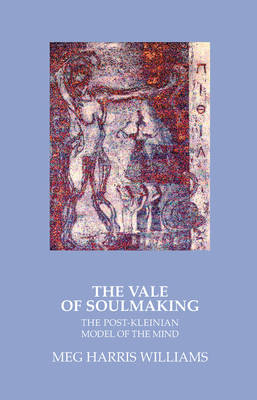
- Afhalen na 1 uur in een winkel met voorraad
- Gratis thuislevering in België vanaf € 30
- Ruim aanbod met 7 miljoen producten
- Afhalen na 1 uur in een winkel met voorraad
- Gratis thuislevering in België vanaf € 30
- Ruim aanbod met 7 miljoen producten
Zoeken
€ 182,45
+ 364 punten
Omschrijving
The post-Kleinian model of the mind, as developed by W. R. Bion and Donald Meltzer, is essentially an aesthetic one. It is founded on Melanie Klein's discovery of the "internal object" with its combined masculine and feminine qualities and ambiguous, awe-inspiring nature. Turbulent emotional experiences are repeatedly transformed through symbol-formation, on the basis of the internal relationship between the infant self and its object; and the aesthetic containment provided by this "counter-transference dream" (as Meltzer put it) enables the mind to digest its conflicts and develop.This search for a pattern that can make "contrary" emotions thinkable is modelled by all art forms and accounts for their universal significance. It is a process that can be observed particularly clearly in literature, in the form of the romance between the poet and his Muse (the traditional formulation of the psycho-analytic internal object).
Specificaties
Betrokkenen
- Auteur(s):
- Uitgeverij:
Inhoud
- Aantal bladzijden:
- 272
- Taal:
- Engels
Eigenschappen
- Productcode (EAN):
- 9780367105358
- Verschijningsdatum:
- 14/06/2019
- Uitvoering:
- Hardcover
- Formaat:
- Genaaid
- Afmetingen:
- 146 mm x 229 mm
- Gewicht:
- 657 g

Alleen bij Standaard Boekhandel
+ 364 punten op je klantenkaart van Standaard Boekhandel
Beoordelingen
We publiceren alleen reviews die voldoen aan de voorwaarden voor reviews. Bekijk onze voorwaarden voor reviews.











